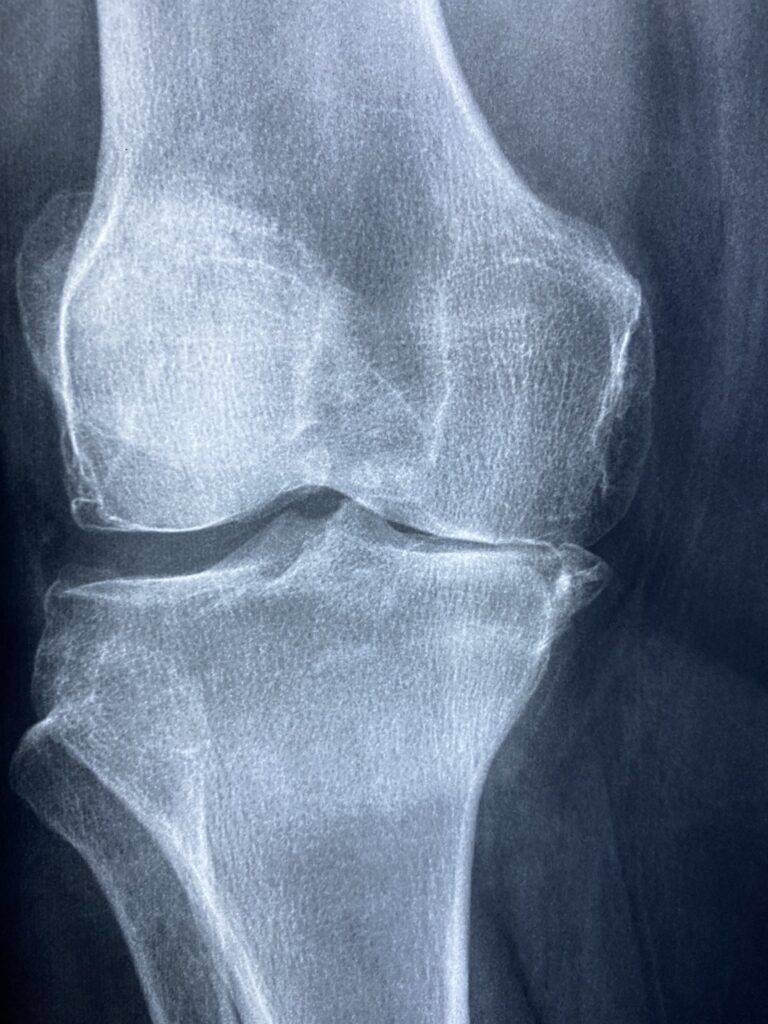1. What is Scabies? Scabies is a highly contagious skin infestation caused by the microscopic mite Sarcoptes scabiei. The mites burrow into the skin, laying eggs and causing intense itching and discomfort.
2. Types of Scabies:
- Classic Scabies: The most common type, characterized by widespread itching and rash.
- Crusted Scabies: A severe form of scabies where the skin becomes thickened and crusty, with a large number of mites present.
3. Symptoms of Scabies:
- Intense itching: Especially at night or after a hot shower.
- Rash: Red bumps, blisters, or small, raised lines on the skin, often in between fingers, wrists, elbows, armpits, waist, genital area, and buttocks.
- Sores: Due to scratching, which can lead to secondary bacterial infections.
- Thickened skin: In cases of crusted scabies.
4. Causes of Scabies: Scabies is caused by infestation with the Sarcoptes scabiei mite. The mite burrows into the upper layer of the skin, where it lays eggs and causes an allergic reaction, leading to itching and rash.
5. Risk Factors for Scabies:
- Close contact: Scabies spreads through prolonged skin-to-skin contact with an infected person.
- Crowded living conditions: Outbreaks are common in institutions such as nursing homes, prisons, and childcare facilities.
- Weakened immune system: Individuals with weakened immune systems are more susceptible to developing crusted scabies.
6. Diagnosis of Scabies:
- Clinical examination: A healthcare provider may diagnose scabies based on the characteristic rash and symptoms.
- Skin scraping: A sample of skin may be taken from the affected area and examined under a microscope to identify mites, eggs, or fecal matter.
7. Pharmacokinetics of Scabies Treatment:
- Topical medications: Permethrin and other topical scabicides are applied to the skin and absorbed locally to kill mites and eggs.
- Oral medications: Ivermectin is an oral medication that is absorbed into the bloodstream and distributed throughout the body to kill mites.
8. Pharmacodynamics of Scabies Treatment:
- Mechanism of action: Scabicides work by disrupting the nervous system of the mites, leading to paralysis and death.
- Elimination of mites: Treatment aims to kill both the mites and their eggs to prevent reinfestation and transmission.
9. Pharmacological Treatment of Scabies:
- Topical scabicides: Permethrin cream or lotion is applied to the entire body from the neck down and washed off after 8-14 hours.
- Oral medication: Ivermectin may be prescribed for severe or crusted scabies, especially in cases where topical treatment is ineffective.
10. Non-Pharmacological Treatment of Scabies:
- Environmental control: Washing bedding, clothing, and personal items in hot water and drying them on high heat can help kill mites and prevent reinfestation.
- Avoid scratching: Itching should be minimized to prevent skin damage and secondary infections.
- Household treatment: Close contacts and family members should also be treated to prevent the spread of scabies.
11. Conclusion: Scabies is a highly contagious skin infestation caused by the Sarcoptes scabiei mite. Prompt diagnosis and treatment are essential to relieve symptoms, prevent complications, and stop the spread of infection. Both pharmacological and non-pharmacological interventions play a crucial role in managing scabies effectively.




